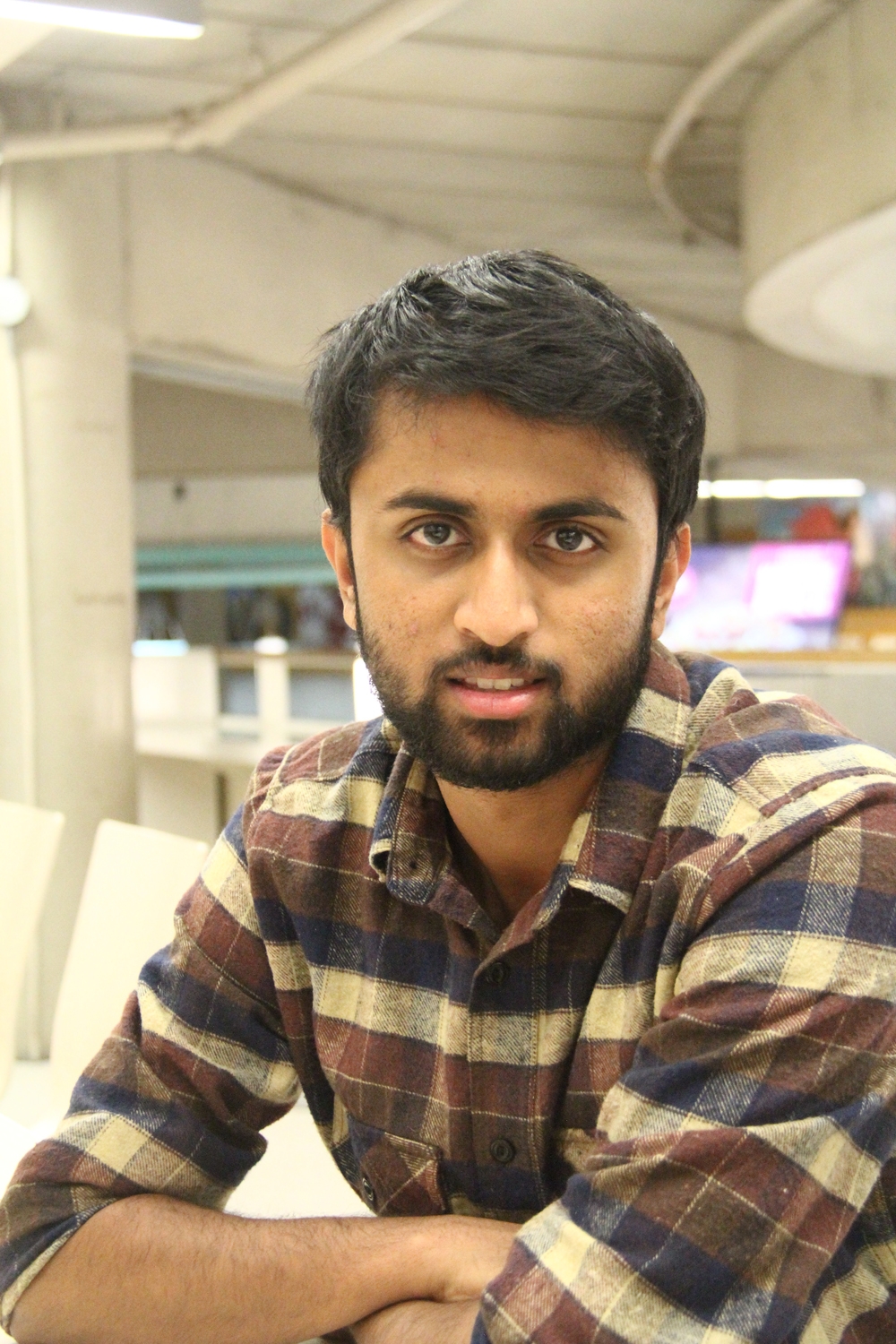Bradley Ferns | LGBTQ+ Supplement Coordinator
Featured image by Amir Yazdanparast
When two cars collide and the initial trauma is dealt with, an investigation begins. Is someone at fault? Could this have been prevented? What external factors may have been at play? Most importantly, how did this happen and why?
When someone imagines a collision, it is usually not in a positive light. It is often messy, perhaps deadly, and onlookers can’t help but slow down their cars and stare in awe, trying to understand what happened. But what happens when two issues that aren’t seemingly related collide? Is the effect the same? I’d argue that it is.
For this year’s Queer and Trans Supplement, I want to explore the beauty of a collision. The following pages will be an investigation of these different and unlikely collisions. You will read about issues you did not know were present and discover that some collisions can create tremendous change. Like collisions between two vehicles, these collisions may be complex and require extensive research that may be limited by the scope of this paper.
The LGBTQ+ community may be considered a minority, but it is large in diversity and identities, and unsurprisingly, the issues important among us are not uniform. The concerns that someone who identifies as gay has will certainly be different than those of a trans woman or those of a bisexual man. The following pages will explore the issues that face various members of the LGBTQ+ community in the hopes that some common ground can be found within a realization that we are all human.
Right-wing politics and being LGBTQ+; queer identities and homelessness; workshops on public education; while these topics might seem like polar opposites and are not extensively covered by mainstream media outlets or within LGBTQ+ communities, they exist. It is important to demonstrate that our issues extend beyond same-sex marriage and discrimination.
When reading the following pages, think about your own intersectionalities, or lack thereof. How do these different issues affect you and why are they important? If the collision of these topics facilitates discussion and upsets what you have assumed to be the norm, then I can say I am satisfied.
But my work is certainly not done. What happens when a collision occurs, but no one sees it? For members of the “+” part of LGBTQ+, finding representation is a difficult task. But it doesn’t make these members any less important. Gender expressions and non-binary sexualities are collisions in themselves, and a stronger representation of these identities is significant for the queer community.
I would like to thank Excalibur and all of the staff who helped me put this issue together. I also want to extend my thanks to the contributors of this supplement, as your courage to express your diversity, opinions and ideas are what made this possible.
For now, welcome yourself to the side you’ve never seen before. I hope that when you read about these issues, you find a connection to what you read but find disagreement within them as well. After all, collisions are never neat and clean. So open your eyes, take a deep breath and remember that this is just the beginning. Our lives are not limited to the black and white pages ahead. Instead, we dream in colour. Go on. Explore. Engage. Collide.



Articles like these put the consumer in the driver seat-very imapntort.